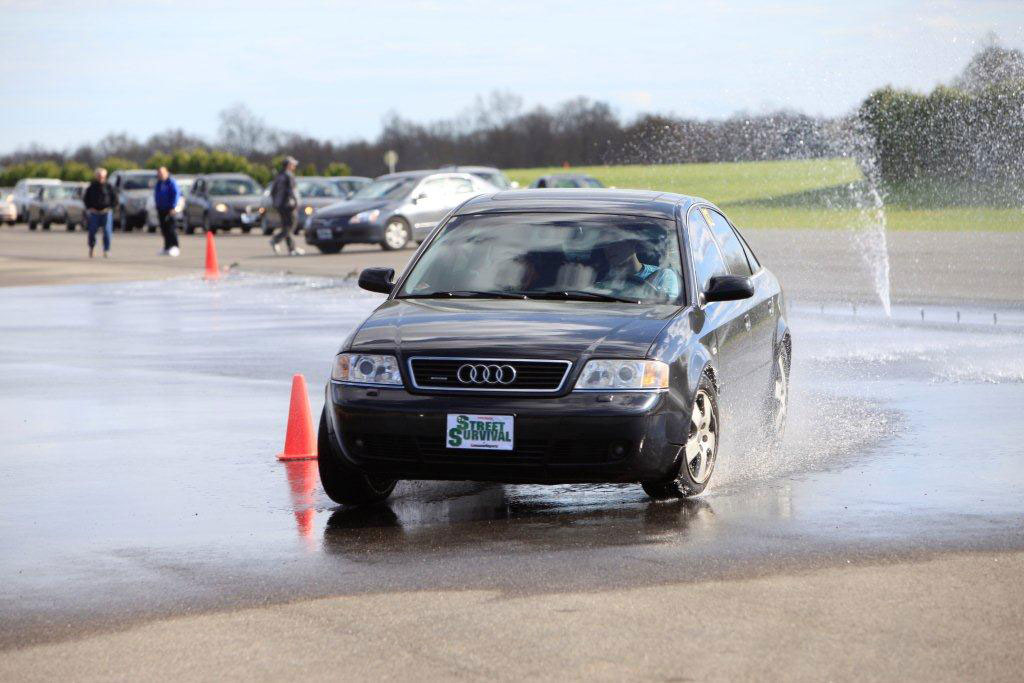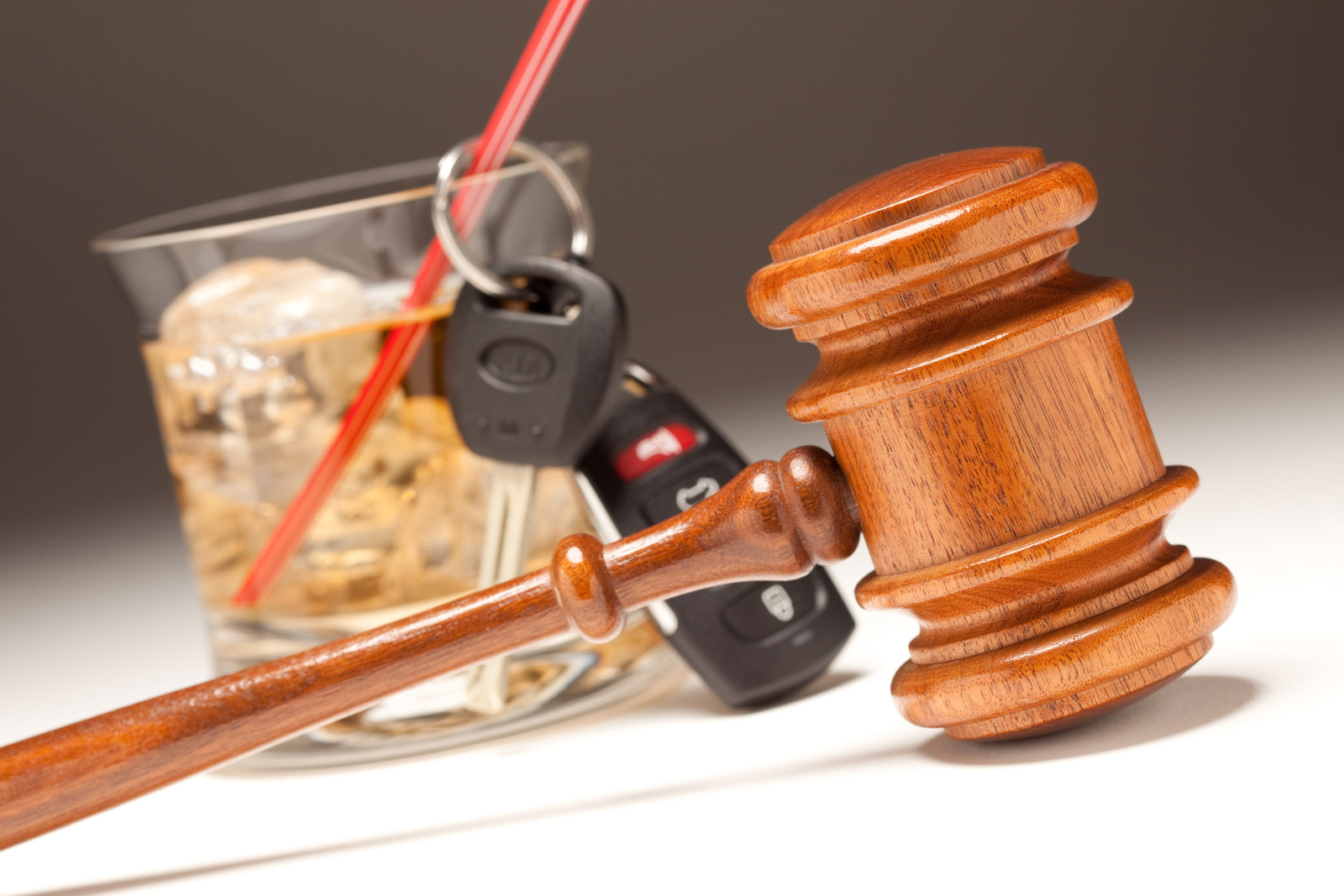This is the 3rd in a series on road safety. I wanted to wrap up this series of posts with some “what can we do to make this better” information. These are some fabulous tips from Bill Wade, National Program Manager of Tire Rack Street Survival for having a S.A.F.E. S.U.M.M.E.R – clever, and useful!
Set Limits: Remember, your teen’s license is not about your convenience – it’s about their life.
o Set limits on your teen’s driving, especially in high-risk situations such as at night, on the weekends or in inclement weather.
o Do not let your teen ride with a young driver that has less than one year’s driving experience.
o The higher the number of teens in the car, the greater the level of distraction.
Understand the Route: Have a clear understanding of where your teen is driving, who they are with and the route they intend to take. Confirm a check-in time with your teen so they can update you on their plans.
Maintain Visual Awareness: Remind your teen to look 10 seconds down the road at all times when driving, and that they should be driving no fewer than three seconds behind the next vehicle. This will teach your teen to focus on the best escape route when confronted with an obstacle.
Make Time to Talk: Set aside time each week to re-connect with your teen during the summer to get a full understanding of what their schedule looks like. Empower your teen to get out of a bad situation. Set-up a secret code. Something like “Mom I have a headache” would signal for you to drop everything and pick them up from where they are should they find themselves in an unsafe situation. Providing your teen with a card to keep in their wallet with the numbers of local taxi services will also help minimize sleep-deprived driving.
Examples are the Key: Your teens rely on you to lead by example. Practice what you preach and don’t use your cell phone or send text messages while you are driving. Both are leading causes of distractions and crashes for teen drivers. Remind your teen to keep their hands off of the center of the steering wheel and their feet off of the dashboard. In the event of an accident an airbag deployment with the hands or feet in this position can cause serious bodily harm. Ensure that each passenger in the car is wearing their seat belt.
Run a Quick Pressure Check: Complete a quick tire pressure check with your teen every month to ensure levels are correct. Are the tires inflated correctly? For correct tire inflation specs and for more tire-related information TireRack.com.
Editor’s Note: Love it!!! Thanks for these great ideas…







Leave A Comment